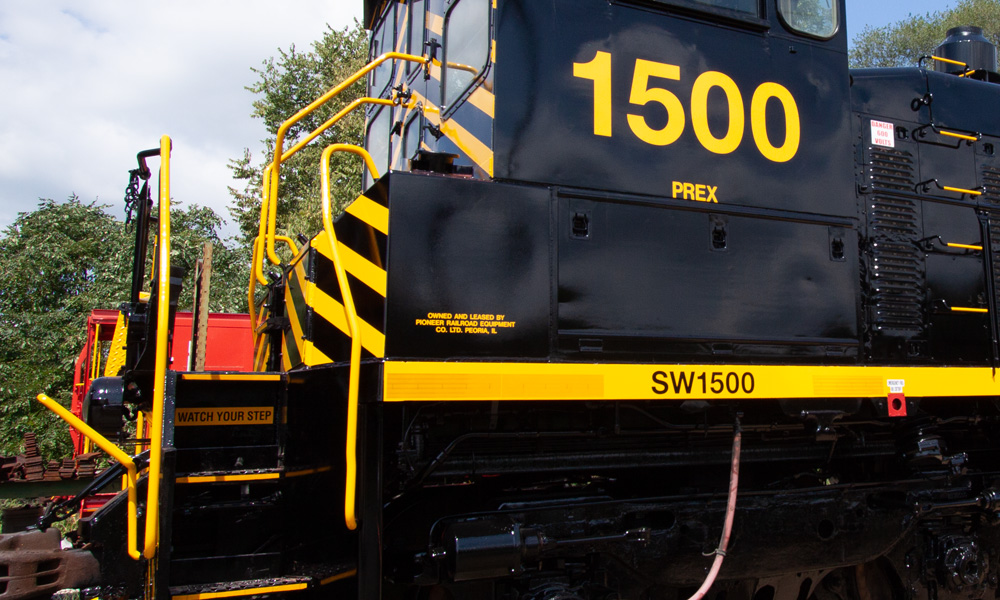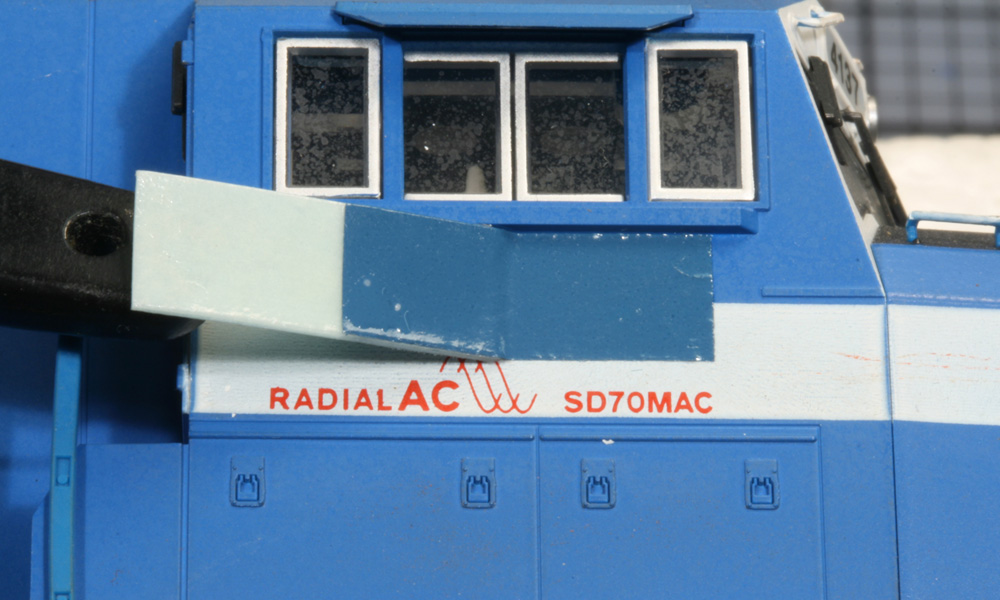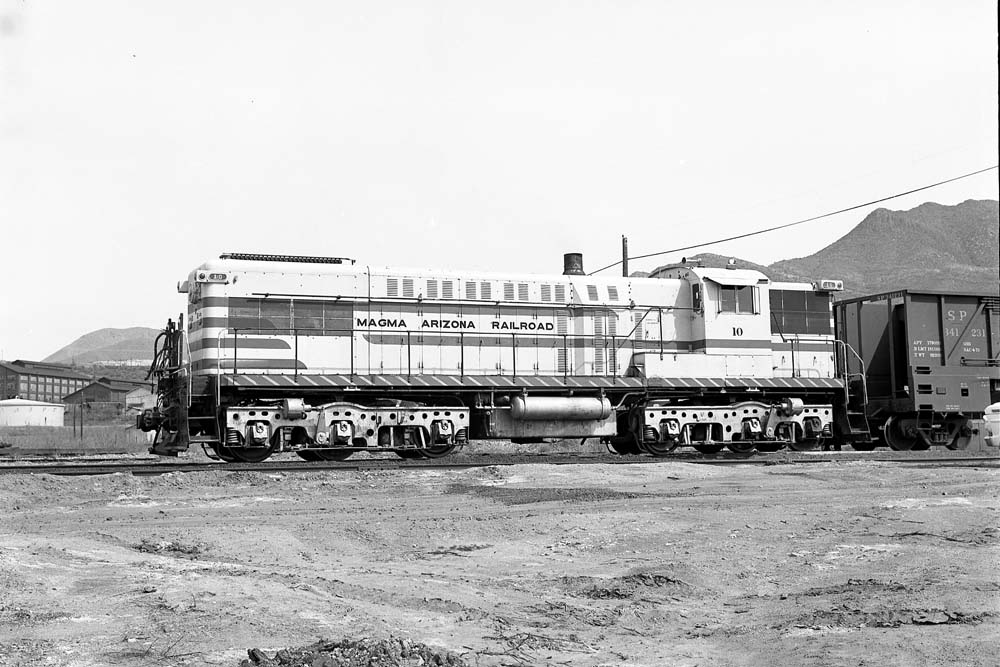
Q: I would like to know how to patch out leased locomotives. I model a bridge line connecting the Nickel Plate (NKP) at Wheeling, W.Va., with the Norfolk & Western (N&W) at Bluefield, W.Va. I roster several EMD GP30s and some Alco units, all in NKP livery. Most of my steam power is lettered for N&W.
I’ve seen photos of locomotives with a placard indicating it is leased. I would like to make decals of such a placard to place on some of my locomotives indicating they are leased to my freelanced railroad. Please give me the wording I can use. This will save me having to repaint and re-letter some of my road power.
I have two GP30s numbered 902. One of those is a candidate for leasing. If I patch an additional digit, does it have to be in the same font as the current digits? That is, if the current digits are in Railroad Roman, could I use a railroad gothic digit of the same size for the patch? Lastly, should the number I add be on the left or the right on the current number? — Steve Perry
A: The only locomotives I’ve seen with a placard or lettering indicating they’re leased are those belonging to leasing companies, such as CIT Rail Resources (CITX), Helm Leasing Corp. (HLCX), Pioneer Rail Equipment (PREX), and National Railway Equipment (NREX). The X at the end of those reporting marks indicates that the equipment is privately owned and doesn’t belong to a railroad. This is usually enough to indicate that a locomotive is a leased unit, so even leasing companies don’t always bother to further label their equipment as such. And when they do, the lettering lists the locomotive’s owner, not who it’s leased to. (See the picture above.)
A railroad that has been assigned to long-term use on a foreign road will usually not be labeled as leased, because the reasons for the locomotive being there can vary. The railroad owning the engine might own the host road and operate it with its own motive power. The locomotive’s owner might own a partial interest in the host road and operate it in conjunction with another part owner. The engine might be on run-through duty, either through a regular trackage rights arrangement or a temporary one due to a washout or other disaster on the home road. The locomotive might have been purchased from the other railroad recently and not repainted yet. Or the locomotive could actually be leased from the other railroad, but even in this case, it likely wouldn’t be marked as such. A lease arrangement is by nature temporary, and when the original owner gets the unit back, it isn’t going to want to have to paint over a lease placard.
You said you had two GP30s with the same number and asked about renumbering one of them. If they are different road names, that should be enough to distinguish them; there’s no reason to patch out leased locomotives just because they’re leased. It wouldn’t be renumbered just because it has the same number as one on another railroad. Now if those two GP30s are in all ways identical, including the road name, one should be renumbered, but that doesn’t have anything to do with its lease status.

Locomotives are frequently “patched out,” or renumbered without being repainted. Railroads usually like to keep their engines numbered in an orderly way, so those of a certain model or those that were purchased together would have consecutive numbers. Simply appending a digit to the beginning or end of the previous road number wouldn’t facilitate this. Instead, the old number would be covered with paint or a patch of vinyl film, and a completely new number added on top. (You don’t have to worry about matching typefaces that way, either.) If you want to know how to patch out leased locomotives or rolling stock, check out our August 2018, December 2014, and July 2012 issues for articles demonstrating some techniques. For more on patching out, weathering, and detailing rolling stock, check out our book 25 Freight Car Projects, available in the Kalmbach Hobby Store.
Send us your questions
Have a question about modeling, operation, or prototype railroads? Send it to us at AskTrains@Trains.com. Be sure to put “Ask MR” in the subject.













